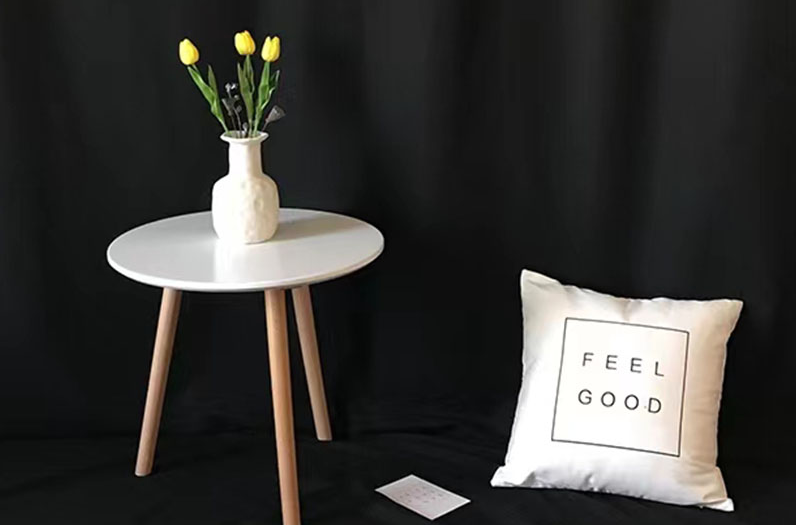Industry Knowledge
What are the performance requirements for Screen Background Fabric?
Indoor photography is an art that demands meticulous attention to detail, and one crucial element that often takes center stage is the choice of photography background fabric. The selection of the right background fabric can significantly impact the outcome of photographs.
Understanding the Functions of Photographic Background Fabric:
Before delving into the performance requirements, let's explore the functions that make photographic background fabric an indispensable tool for indoor photography:
Avoiding Blurring due to Insufficient Exposure:
Adequate exposure is paramount in photography to capture clear and sharp images. Background fabric plays a crucial role in ensuring that the subject is well-lit, minimizing the risk of blurriness caused by insufficient exposure. Opting for simple colors such as gray, black, or white provides a neutral backdrop that aids in achieving the desired exposure levels.
Convenient Post-Processing of Photos:
The right background fabric facilitates seamless post-processing of photos. A neutral background allows photographers to easily manipulate and enhance the images during editing without distractions or color inconsistencies. This convenience is particularly valuable for achieving professional-looking results.
Highlighting the Main Body:
The primary subject of a photograph should be the focal point, and the background fabric contributes to achieving this emphasis. By choosing a background that complements the subject without overpowering it, photographers can effectively highlight the main body of the image.
Blurring the Background of the Photo:
Background fabric can be instrumental in creating a shallow depth of field, leading to a blurred background effect. This technique, often employed in portrait photography, adds a sense of depth and draws attention to the subject. The fabric's texture and color play a crucial role in achieving this desired bokeh effect.
Color Consistency:
Achieving consistent color reproduction is essential for professional photography. Screen background fabric should have uniform color throughout its surface to prevent unwanted variations that could affect the overall aesthetic of the image.
Texture and Wrinkle Resistance:
A smooth and wrinkle-resistant fabric is crucial to avoid unwanted shadows and distortions in the background. High-quality screen background fabric should maintain its texture even after multiple uses and storage.
Light Absorption:
The fabric should be designed to absorb light effectively, preventing unwanted reflections or glare. This attribute ensures that the background remains even-toned and does not distract from the main subject.
Durability and Easy Maintenance:
Given that background fabric is subjected to frequent handling, it should be durable and easy to maintain. Fabrics that are machine-washable and resistant to wear and tear ensure longevity and consistent performance.
Conclusion:
In the realm of indoor photography, the importance of selecting the right
Screen Background Fabric cannot be overstated. From ensuring optimal exposure to facilitating post-processing and enhancing the visual impact of the main subject, the fabric plays a multifaceted role. By understanding the performance requirements outlined above, photographers can make informed choices, elevating the quality and professionalism of their indoor photography endeavors. As technology and materials continue to advance, the evolution of screen background fabrics remains a fascinating aspect of the ever-evolving field of photography.

 English
English Español
Español
























 Quality
Quality Experience
Experience Prolificacy
Prolificacy Service
Service



